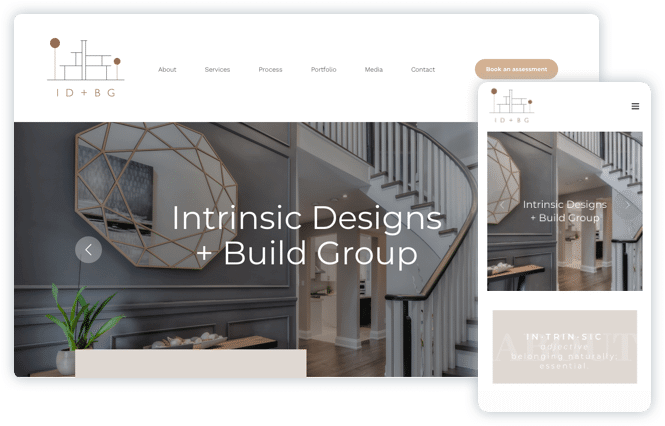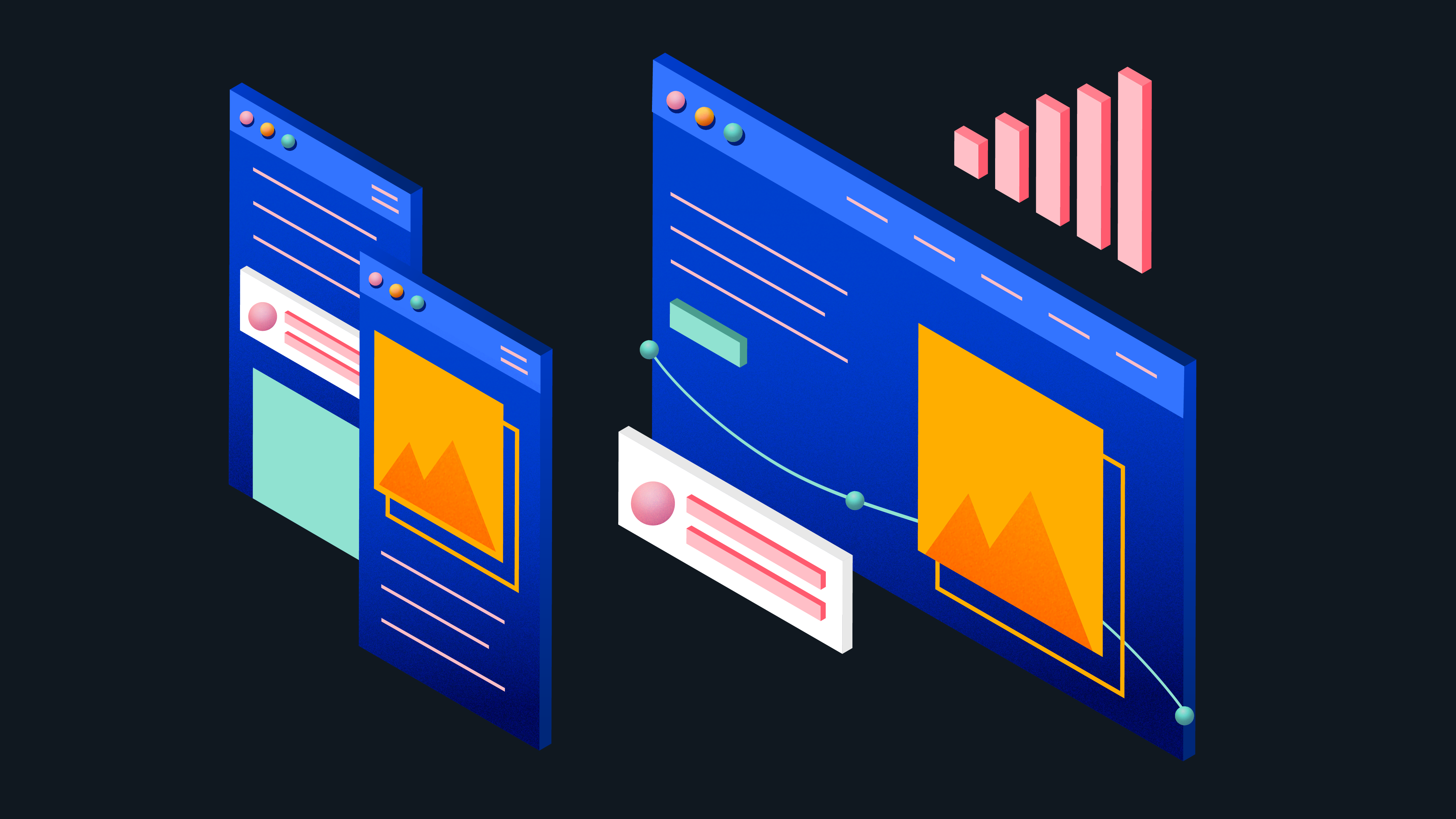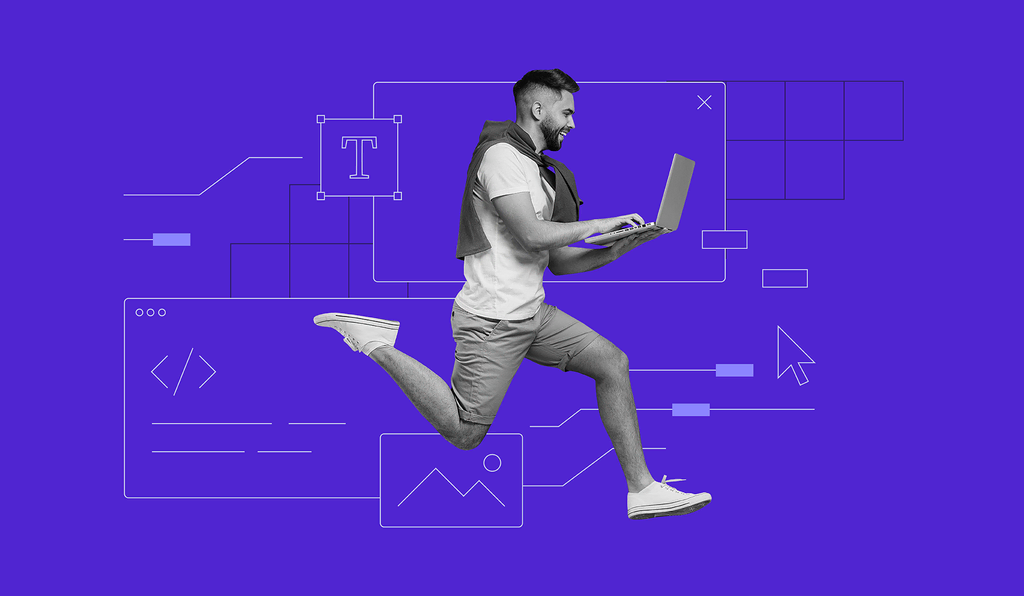Craft Your Online Identification: Team Up with a Premier Web Design Company
Craft Your Online Identification: Team Up with a Premier Web Design Company
Blog Article
Discover the Various Sorts Of Website Design Services for Your Distinct Requirements
From responsive web layout that adapts to different tools, to ecommerce internet design that drives on the internet sales, to customer experience (UX) design that improves consumer complete satisfaction, to personalized web style that brings your vision to life-- the opportunities are endless. Whether you're a small service proprietor looking to develop an online existence or a business owner intending to revolutionize the mobile app globe, this conversation will certainly lose light on the different types of internet design services offered, assisting you make an enlightened choice that straightens with your goals.
Responsive Website Design
Receptive website design is an essential facet of contemporary internet development that makes certain web sites adjust and show perfectly across different tools and display dimensions. With the boosting use of smart devices, tablet computers, and other smart phones, it has come to be crucial for web sites to be user-friendly and obtainable on any screen.
Responsive internet layout utilizes a mix of adaptable grids, formats, images, and CSS media inquiries to achieve this adaptability. It permits the website to immediately change its format and web content based upon the tool's screen dimension, positioning, and resolution (web design company). This means that customers can access the web site on their computer, laptop computers, tablets, or smart devices without coming across any type of problems or needing to zoom in or out to check out the content properly

Ecommerce Internet Style

With the enhancing need for online shopping, companies are now concentrating on shopping web style to develop user-friendly and visually attractive web sites that drive sales and boost the consumer shopping experience. E-commerce website design incorporates numerous facets such as layout, navigation, product screen, and check out procedure optimization. These components are crucial for attracting and keeping clients, in addition to boosting conversion prices.
A reliable shopping internet layout begins with an efficient format that permits customers to conveniently locate the service or products they are trying to find. Clear and user-friendly navigating food selections, search bars, and filtering choices are vital for a smooth browsing experience. In addition, the product screen should display high-quality images, detailed descriptions, and consumer evaluations to develop depend on and self-confidence in the product.
Moreover, the checkout procedure need to be maximized for simplicity and benefit. A safe and structured repayment portal, along with several settlement choices, guarantees a smooth transaction for the consumer. Additionally, including functions such as visitor checkout, order monitoring, and customized suggestions can boost the general shopping experience.
Customer Experience (UX) Style
User Experience (UX) Layout plays an important function in creating engaging and straightforward websites that focus on the requirements and preferences of the target market. When communicating with a website or application, it involves developing and improving the overall experience that customers have. UX designers intend to improve customer contentment by enhancing the use, availability, and effectiveness of the website.

UX designers concentrate on producing instinctive navigation, concise and clear material, and aesthetically enticing user interfaces. They guarantee that the web site is very easy to understand and navigate, making sure a smooth and pleasurable individual experience.
In enhancement to boosting use, UX layout also considers the emotional element of customer experience. Developers intend to stimulate favorable feelings with aesthetic aspects, such as shades, typography, and images, which add to the general user fulfillment.
Custom-made Website Design
Custom website design entails developing one-of-a-kind and custom-made web sites that are especially designed to satisfy the private needs and requirements of a business or company. Unlike pre-designed templates or generic website layouts, custom-made internet design offers a personalized strategy that mirrors the brand identity, values, and objectives of the customer.
With customized web layout, every element of the site is carefully crafted to straighten with the customer's helpful site objectives. This consists of the design, color design, typography, photos, and general user experience. The layout process starts with a thorough understanding of the customer's company and target market, enabling the internet developer to establish a site that successfully communicates the customer's message and engages customers.
One of the vital advantages of personalized website design is its versatility. As the site is constructed from square one, the internet designer has total control over its functionality and functions. This enables the combination of any kind of preferred personalizations, such as ecommerce performance, web content monitoring systems, or interactive elements.
In addition, customized website design makes sure that the website is maximized for online search engine, making it extra visible to prospective consumers. By implementing SEO ideal practices, such as proper hop over to here keyword positioning and meta tags, the internet site can achieve higher positions in internet search engine results.
Mobile App Style
Mobile application layout involves creating easy to use and aesthetically enticing user interfaces for applications that are specifically developed for mobile phones. With the boosting appeal of tablet computers and smartphones, mobile app style has actually come to be a critical aspect of digital item advancement.

Aesthetic appeal is additionally crucial in mobile application design. Making use of colors, typography, and images can develop an aesthetically pleasing interface that catches the customer's interest and improves their overall experience. Additionally, including brand name aspects and maintaining uniformity with the company's visual identification can assist establish a solid brand visibility within the app.
Mobile app design also entails taking into consideration different technological elements, such as device efficiency, compatibility, and responsiveness optimization - website design company. It is vital to ensure that the app operates effortlessly throughout different tools and operating systems, supplying a consistent experience to all customers
Conclusion
Responsive internet style makes sure a smooth experience throughout different gadgets, while ecommerce web style focuses on creating online shopping platforms. Custom web layout supplies customized remedies to satisfy certain demands, while mobile app design focuses on developing straightforward mobile applications.
From receptive internet style that adapts to different tools, to shopping internet style that drives online sales, to user experience (UX) layout that boosts client complete satisfaction, to custom internet layout that brings your vision to life-- the possibilities are unlimited.An effective e-commerce internet style starts with an efficient design that allows customers to quickly find the services or items they are looking for. The style process starts with a complete understanding of the client's business and target audience, permitting the web developer to establish a site that properly interacts the client's message and involves users.
Receptive web style ensures a smooth experience across various devices, while shopping web style focuses on producing online buying platforms. Custom-made web style supplies tailored remedies to meet details requirements, while mobile application design focuses on developing user-friendly mobile applications.
Report this page